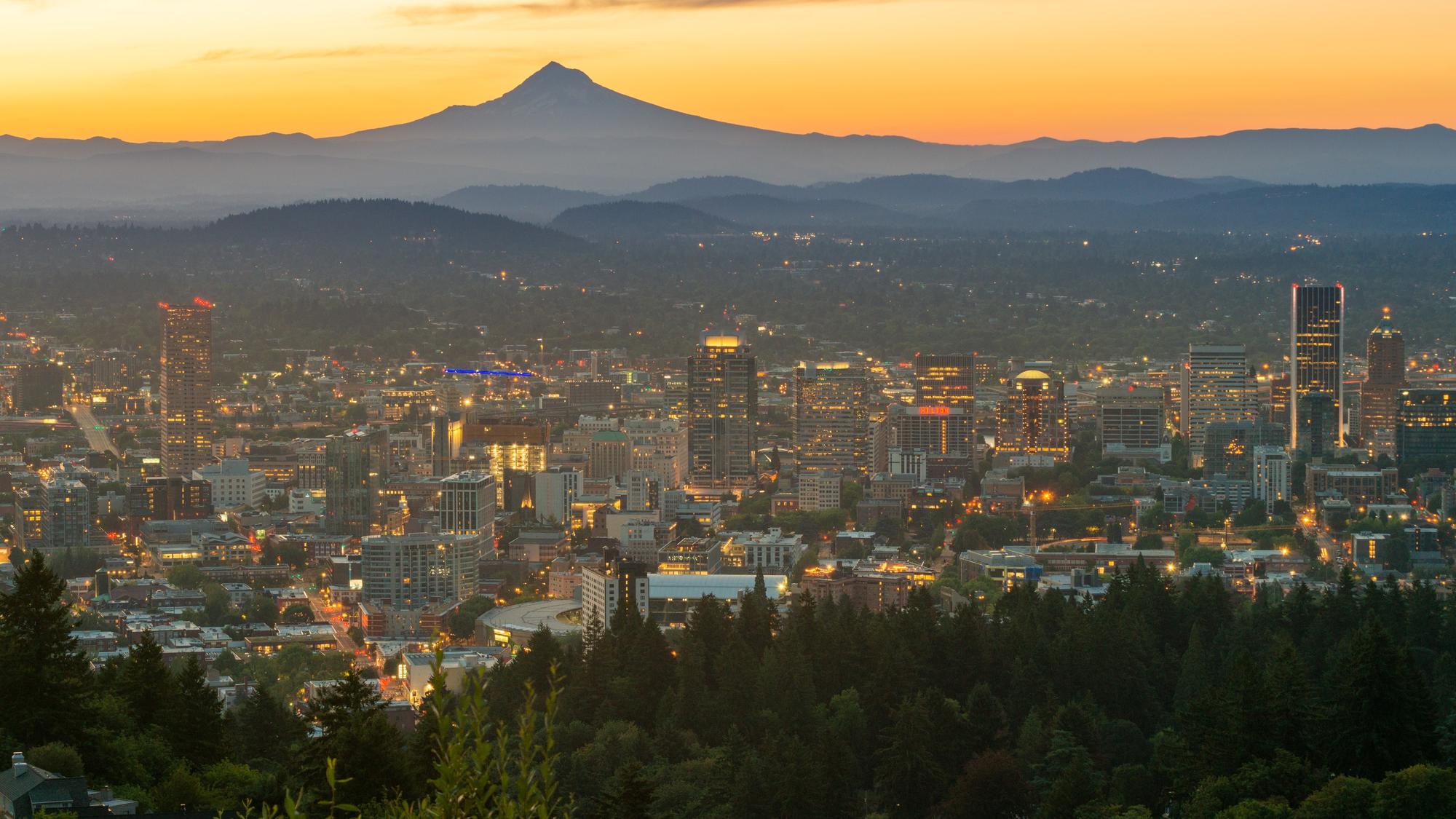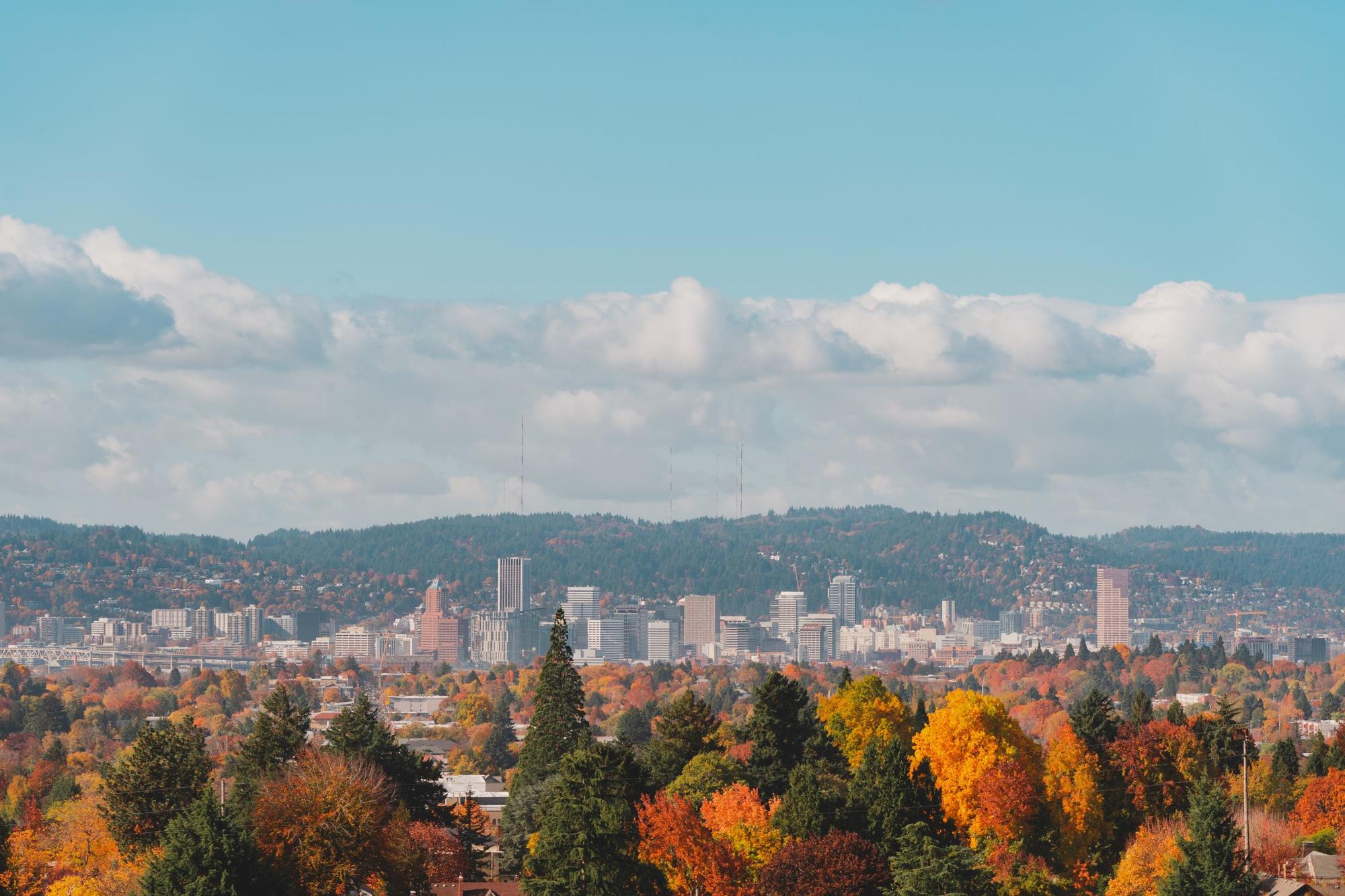- February 16, 2024
- Housing
The treatment of Indigenous peoples in the United States is one of displacement and violence. This has had significant repercussions for American Indian/Alaska Native (AI/AN) peoples throughout the country’s history and well into modern times, including the epidemic of missing and murdered Indigenous women and girls (MMIWGs) and disparate rates of COVID-19 and inequitable vaccine distribution. Homelessness is no exception.
While only 2.6 percent of the national population identifies as AI/AN (alone or in part), according to the US Census Bureau’s 2021 American Community Survey, AI/AN folks’ rate of homelessness is significantly higher; in a 2022 congressional report people who identified as American Indian, Alaska Native, or Indigenous were 2.5 percent of the sheltered homeless population and 4.6 percent of the unsheltered homeless population. And according to the federal Indian Health Services, 70 percent of people who identify as American Indians and Alaska Natives live in urban areas.
This has created a situation where AI/AN folks are facing extreme levels of homelessness in many cities, especially in the southeast and west coast. In 2020 Maricopa County, AZ’s native population was 3 percent overall yet 7 percent of the unhoused population; in Seattle/King County, WA, American Indian or Alaskan Natives were 1 percent of the total population but 15 percent of the total homeless population in 2020.
A Native-first Approach
A few initiatives have specifically targeted this intersecting population, both on the federal level and on the community level, like the Chief Seattle Club. However, there are challenges in funding and providing shelter or affordable housing, and these issues are amplified when working with urban Indian populations. Financing affordable housing projects is challenging, and engaging culturally-relevant service providers takes a significant amount of time and effort. That is why Data-Smart City Solutions is featuring the affordable housing work in Portland by the Native American Youth and Family Center (NAYA) in partnership with the Confederated Tribes of Siletz Indians. Their innovative and culturally specific approach to housing for Native folks is a national model of collaboration, advocacy, and creativity.
Serving the Native community requires more intentionality and resources, said Oscar Arana, Indigenous and of Chichimeca descent and interim CEO of NAYA, because the Native community that has been disproportionately impacted by antiquated, racist systems and policies leading to higher rates of housing insecurity and homelessness. While there have been similar Native-specific housing projects, two of NAYA’s projects in Portland came from a unique funding and partnership model; the Nesika Illahee and Mamook Tokatee buildings utilized federal Indian Housing Block Grants (IHBG), which are typically used for housing on tribal lands and/or reservations. Nesika Illahee, which means “Our Place” in the Chinook language, is one of the first times that a tribal entity’s block grant was used for urban Indian housing.
The Siletz Indians are a federally recognized confederation of more than 27 Native American tribes and bands and therefore are eligible for block grants from the US Department of Housing and Urban Development (HUD), which can be used for “affordable housing activities including new housing construction, rehabilitation, and housing services.” As a Native community-based organization, NAYA has been doing affordable housing work in Portland since 2008, and in 2016 began working with the California-based Community Development Partners to build the 59-unit Nesika Illahee building.
While NAYA didn’t originally begin this project with the intention of utilizing IHBGs, there had been a good relationship between Paul Lumley, the previous CEO of NAYA, and Sami Jo Difuntorum, the executive director of the Siletz Tribal Housing Department and member of the Kwekaeke band of the Shasta Indian Nation. NAYA serves the Native community in the Portland-metro, including Siletz tribal members — and the city of Portland is part of the Siletz territory. During the project’s pre-development phase, Lumley reached out to Difuntorum about partnering on Nesika Illahee. According to Difuntorum, Lumley had heard from HUD that using an IHBG would legally establish tribal preference into the project.
This would create both financial and cultural benefits. First, directing a portion of funding from the IHBG to NAYA as a sub-recipient would help supplement capital construction costs improve the operating budget, and keep the affordable housing low-cost. As is required by IHBG regulations, none of the Native residents pay more than 30 percent of household income. According to Arana this is atypical for mainstream affordable housing tax credit expectations, and therefore required significant advocacy and city assistance. “What was challenging with the IHBG source is that it wasn’t paired with Section 8 vouchers or tenant-based subsidies making it very difficult to meet the 30% income requirement,” he said. Thankfully, the team overcame this challenge with additional support from the local housing authority, which allowed Nesika Illahee to welcome the lowest-income tribal families.
Second, it meant that the project could legally have a preference for federally-recognize tribal members. Traditional affordable housing work doesn’t allow for this, but since an IHBG is specifically for federally-recognized tribal members, the Siletz tribe was able set a housing policy that meant tribal members have first preference, followed by any other federally recognized tribal member, then non-Native applicants.
Arana acknowledged that this second piece required additional education, as some people thought that a Native or tribal preference was a racial preference. It is not, as there is no racial component to tribal affiliation or federal status; instead, this is actually a government-to-government relationship as tribes have rights to self-sovereignty and function as self-governing bodies. Yet there is a cultural component, as cultural awareness and sensitivity is an incredibly important aspect in successfully providing services like health care, particularly substance abuse and addiction treatment, and safe housing. One part of this cultural awareness is understanding — and preserving — how AI/AN populations live. “Multi-generational living is traditional for Natives,” said Difuntorum, “Elders in general are really important and the public housing model doesn’t really work for Native tribes.” Many shelters or transitional housing projects separate residents by age and gender, while in Nesika Illahee multiple generations of the same family can live together in the building.
NAYA also conducted focus groups with targeted residents to discuss the look, feel, and offerings in the building. A feeling of belonging and pride were important, particularly as many Native communities are still feeling the impacts of having their cultures, languages, and religious practices outlawed. At Mamook Tokatee there is a full-time staff member dedicated to cultural and arts programming with residents, and all of the building’s art was designed and produced by Native artists. Research shows that when interventions, whether around homelessness or healthcare, are culturally informed AI/AN folks have better outcomes and the disparities between Native and other populations decrease. NAYA has a second housing development in partnership with the Siletz tribe, Mamook Tokatee which translates from the Chinook Wawa “make beautiful.” This building has a strong focus on the arts and the Native artist community as cultural stewards. And, in Nesika Illahee, residents can access culturally informed substance abuse treatment and mental healthcare from community partners at the Native American Rehabilitation Association (NARA). Thanks to this innovative partnership and very dedicated work by all partners, these two buildings house and provide services for 187 residents; in Mamook Tokatee 79 percent of residents are Native and in Nesika Illahee 83 percent are.
Recommendations and Lessons Learned
Other cities can, and should, benefit from the hard work that went into opening the doors of Nesika Illahee and Mamook Tokatee. It's clear from the data that the urban Indian population is disparately experiencing homelessness, and addressing this will make a significant impact on a city’s overall unhoused population — but it requires a culturally-aware approach. Arana and Difuntorum discussed what lessons other city leaders can apply to their own urban context.
- Choose partners thoughtfully: Many different stakeholders have to come together for this type of housing project. In addition to engaging local tribes and Native organizations, Arana advised finding partners with shared values, visions, and approaches. For example, NARA was a natural fit, as the group has been serving Native Americans in the Pacific Northwest area since its founding in 1970, using “traditional Indian culture and spirituality” practices.
- Understand the legal landscape: Difuntorum recommended that interested parties engage with lawyers who are familiar with tribal law. There are 574 federally recognized tribes in the United States with rights to self-governance, and laws can be very specific to different tribes. Using IHBG money requires a specific understanding of the legal responsibilities associated with grantees and sub-recipients, as well as the federal-tribal relationship.
- Build trust across communities: NAYA held several focus groups with the local urban Indian population, to discuss what they wanted for housing and any specific needs or services they would prefer, before beginning development of Nesika Illahee. Maintaining the existing trust between NAYA and the local communities was important, as was establishing trust with the community around the proposed building locations. Finally, NAYA also acted as a trusted partner of the Siletz tribe by acting as responsible recipients of IHBG funding and ensuring that there would be preference for their members.
- Focus on outreach and education: Both Difuntorum and Arana recommend frequent, comprehensive communication and outreach. While all affordable housing developments require a level of community engagement, there are special considerations when utilizing an IHBG — for example, having to explain how tribal preference works and why these developments aren’t the traditional “first come, first serve” model. Arana also emphasized the importance of communication from city officials, who may not have done much outreach with local tribes or the urban Indian population in the past: “they need to make deeper investments in this community.”
Arana is cautiously optimistic about replicating this model in other cities. Creating these affordable homes for unhoused Indigenous people took an incredible amount of work and creativity, plus support from local tribes and elected leaders. But he is hopeful that other Native organizations can bring together all these elements and overcome any challenges through collaboration and advocacy.
“I don’t know of any tribe that has, in their native language, a word for homeless,” said Difuntorum. Developing these tribal-preferenced buildings and giving a space for traditional cultural and arts practices is a means of strengthening the traditional ways of living that are still important for many Indigenous folks and addresses the lingering impacts of displacement.
*In this article, the terms Native, Native American, and American Indian/Alaska Native are used interchangeably, in accordance with the Urban Indian Health Institute’s practices. These terms acknowledge the varying ways that North American Indigenous peoples are forced to identify within the American racial structure and English language.




